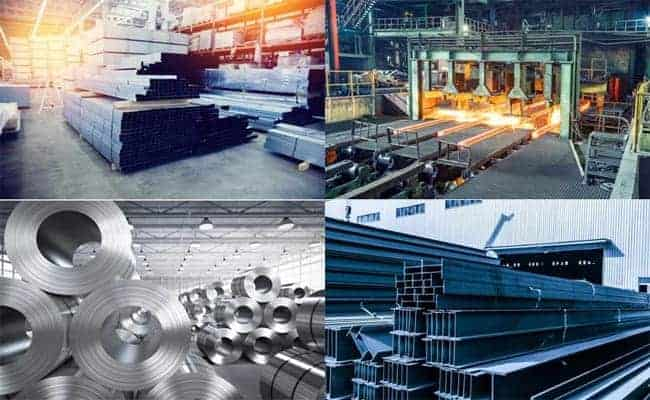The Difference Between Hot Rolled and Cold Rolled Steel
Steel plays a crucial role in construction, manufacturing, and other industrial applications. Among the different types of steel, hot rolled and cold rolled varieties are widely used. Although they may look similar, their manufacturing processes, properties, and applications set them apart. Understanding these differences can help industries choose the right type of steel for their needs.
What is Hot Rolled Steel?
Hot rolled steel is manufactured at high temperatures, typically above 1,700°F, which is the recrystallization temperature of steel. This process allows the steel to be easily shaped and formed. Hot rolled steel is often used for applications where precise dimensions are not critical.
Applications: It is widely used in the construction industry, especially for large structures like bridges and buildings, as well as in the production of Mild Steel Round Pipe and other structural components.
Advantages: It is cost-effective and suitable for projects requiring high strength.
However, hot rolled steel may have a rough surface finish and less precise dimensions due to cooling shrinkage.
What is Cold Rolled Steel?
Cold rolled steel is processed further in cold reduction mills after being hot rolled. This process is carried out at room temperature, which enhances the steel’s strength and gives it a smoother finish. Cold rolled steel is ideal for applications requiring a premium surface finish and tighter tolerances.
Applications: This steel is commonly used in the automotive industry, furniture, and appliances, as well as for Stainless Steel Pipes and Tubes and Stainless Steel Pipe production.
Advantages: It provides better mechanical properties, including higher tensile strength and durability.
Cold rolled steel is more expensive than hot rolled steel due to the additional processing involved.
Key Differences Between Hot Rolled and Cold Rolled Steel
Manufacturing Process: Hot rolled steel is shaped at high temperatures, while cold rolled steel is further processed at room temperature.
Surface Finish: Hot rolled steel has a rough and scaly surface, whereas cold rolled steel offers a smoother and more polished finish, suitable for products like Steel Pipe and Galvanized Steel Pipe.
Tolerances: Cold rolled steel has more precise dimensions and tighter tolerances than hot rolled steel.
Cost: Hot rolled steel is generally more affordable, but cold rolled steel provides added strength and a premium appearance.
Choosing the Right Steel for Your Needs
When selecting between hot rolled and cold rolled steel, consider the specific requirements of your project. For structural applications or products where surface finish and precise dimensions are not critical, hot rolled steel is the ideal choice. However, if you need superior strength, durability, and a refined surface, cold rolled steel is the better option.
For example, MS Pipe Manufacturers in India may prefer hot rolled steel for large-diameter pipes, while industries producing high-quality Stainless Steel Pipes and Tubes may rely on cold rolled steel for its smooth finish.
The Role of Steel Pipes in Various Industries
Steel pipes are essential components in construction, plumbing, and industrial systems. Products like MS Pipe Dealers in Bangalore and Mild Steel Round Pipe are crucial for infrastructure projects, while the demand for Steel Pipe Price depends on quality and durability. TMT Bar Manufacturers in India also utilize steel in producing high-strength bars for construction.
Cost Considerations
The MS Pipe Price in India and Steel Pipe Price depend on the type of steel used. Hot rolled steel is more economical, making it suitable for large-scale projects. On the other hand, cold rolled steel commands a higher price due to its premium qualities.
CONCLUSION:
Understanding the differences between hot rolled and cold rolled steel helps industries choose the right material for their applications. From Best Quality TMT Bars in India to high-demand products like Galvanized Steel Pipe, each type of steel serves specific needs. Whether it’s for manufacturing durable pipes or creating premium-grade components, choosing the right steel ensures optimal performance and cost-efficiency.
For reliable solutions in steel manufacturing, A One Steel Group stands out as a trusted provider. With expertise in producing high-quality steel products, they cater to diverse industrial and construction needs.





Comments
Post a Comment